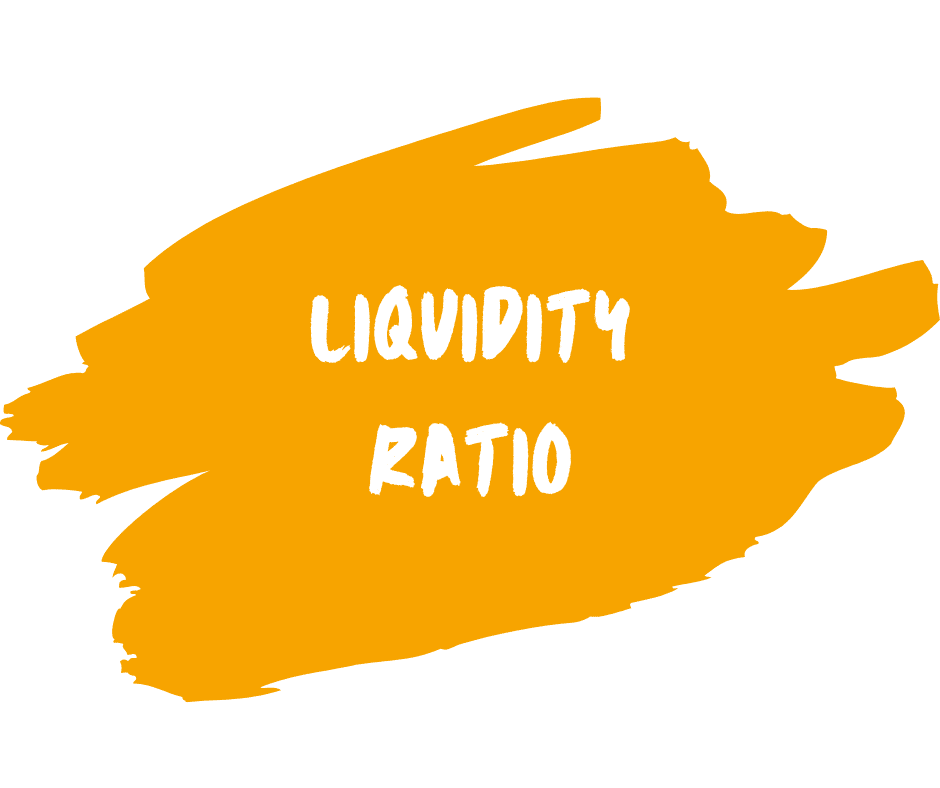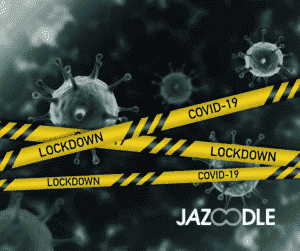Liquidity Ratio
Helps You Identify If
- Your Business Has A Susceptibility To Cash Shortfalls
- Your Short Term Debt Is Unmanageable
- Your Inventory Levels Are Too High
Liquidity Ratio Video


A business Liquidity Ratio is a means of understanding a company’s susceptibility to either current of future financial distress. It also helps build a risk profile of the business. But remember though that a single “safe” liquidity measure does not exist across all industries. Some industries traditionally and successfully trade at low liquidity levels, whereas for others, the same figure is a sign of distress.
How do you get your Liquidity Ratio? The Liquidity Ratio gives a relative measure of current liabilities compared to current assets. Strive for a figure greater than 1.5. This means that your accessible assets can easily offset your immediate liabilities.
The ratio indicates how immediately liquid your business is. For instance, if all of your creditors demanded payment at the same time, how much could realistically be raised immediately to pay them? Would this cover your liabilities? Check your liquidity with Jazoodle now.
Definition used:
Your company’s liquidity is calculated by comparing your total current assets to total current liabilities. A current asset or liability is one that is expected to become due within the next 12 months.
Your ratio can be improved by a number of measures or changes, including:
- Increasing cash balances.
- Increase sales revenues
- Reduce short term debt
- Pay off credit cards
- Implement a strong creditor and debtor payment policy














